Five Top Tips
for Tourists

SUE BRATTLE
And We Visit a New 'Sustainable' Shopping Mall
AS TRAVEL bloggers, we have to confront sustainability head-on. How do you travel “green”? For one thing, humans are not travelling less, but more, and if we don’t learn to be more eco-friendly, none of us will be travelling at all as the planet struggles to withstand this onslaught.
This is great in theory, but are we going to stop jetting off when the fancy takes us? Are companies going to fully embrace video-conferencing and ditch sending staff all over the world in business class as part of their image?
We’ve known for years the impact that having three cars in your driveway, and flying on holiday four times a year, has on the environment but most people can’t let go of their status symbols. So what can we do while us humans get our priorities sorted out?
I went to a lunch in Hong Kong where three travel experts spoke on Responsible Tourism: How To Be More Green When You Travel. None of them came up with a magic solution, of course, but I’ve whittled down their talk to five tips that we can all adopt (if we haven’t already):
- Travel less on planes, and fly direct. Beware of itineraries that include multiple local flights during your holiday. Trains, buses or cars are a better choice than short flights, as take-off and landing uses a disproportionate amount of fuel.
- Travel economy class. You’re using less fuel than business and first class passengers.
- Eat locally-grown food and cut down on meat on your travels. You may love your resort’s all-you-can-eat buffet, but consider how much of the food has been flown in. Choose hotels that source their food from local communities.
- Cut out “ego travel” – posh excursions to previously untouched territories – and cruises. Cruise ships release three times more carbon emissions than planes and dump untreated sewage and plastics into the oceans.
- Offset your carbon footprint. Choose tour operators that can give you proper data about your chosen trip. Skyscanner, the online flight comparison website, now includes comparable carbon emissions in its answers.
They’re all good suggestions but all require some homework. Lots of airlines and tour operators are jumping on the green bandwagon. Sonalie Figueiras, founder of Green Queen in Hong Kong whose mission is to shift our behaviour patterns, offered this advice for sorting out the ones who know what they’re doing from the rest: “Look at their website or brochure and really study the pictures and itineraries. Too many flights in one trip? A beach resort where people are drinking from single-use plastic cups? An elephant ride on offer? Look for the clues.”
Verdict: The conundrum of the value of travel and what it teaches you and its cost to the environment is a very long way from being resolved.
How Green Can a Shopping Mall Be?
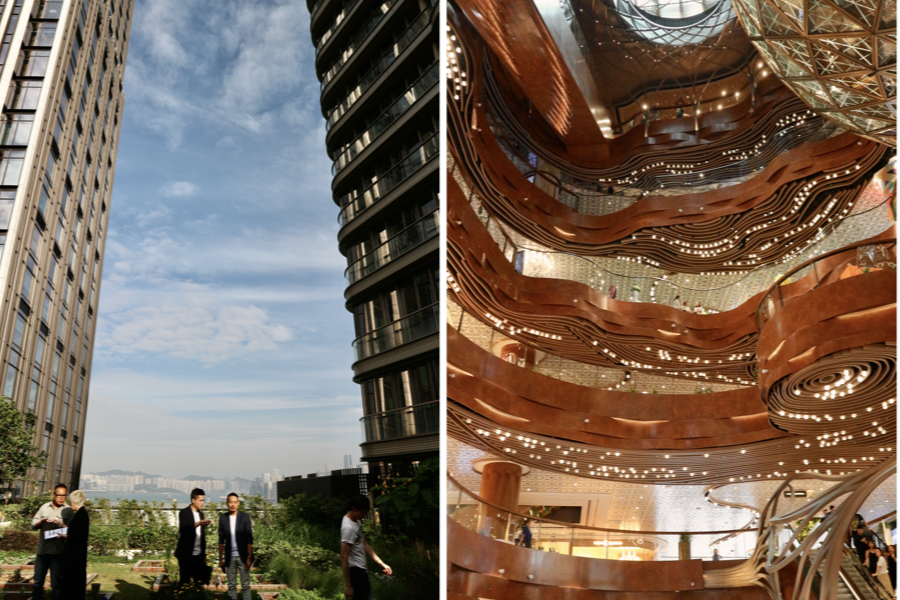
K11 Musea, Kowloon, Hong Kong
LAST week we went along to an opening PR push for the K11 Musea, an upmarket extravaganza of shops and restaurants in Kowloon that gives itself green credentials for its rooftop urban farm, and the “living walls” that line much of its exterior.
The building, to its huge credit, has Gold LEED green building certification, and in a densely-developed area like Kowloon any attempt at greening is to be welcomed. But I came away confused.
The rooftop houses the Nature Discovery Park, with a garden that is not going to supply herbs or veg for any of the malls’ restaurants. Why not? But it will host parties of schoolchildren so they can get their hands mucky and learn about gardening. This is a good thing in Hong Kong where most of us have a balcony at most.

We met with Venisa Chu, the park’s senior operations manager, who said: “We partner with K11 Artus next door, luxury residencies usually long-term, but for short-term we offer a staycation package so families can enjoy the Nature Discovery Park.” On the roof also was Hong Kong’s largest outdoor fish tank, apparently to teach children what the nearby harbour could look like if it was clean. I may be wrong, but it was filled with the little neon-coloured fish that you see in fish tanks everywhere; are they really native to the harbour? A nearby circular tank filled with dozens of baby jellyfish made me feel queasy.
The aeroponics display – in which plants grow without soil – was genuinely interesting, as was the rainforest cabinet on the ground floor of the mall. However, the enormous cut flower displays dotted around the ground floor were troubling. I was told the flowers would be dried and moved to the second floor for display, but the building will have a dry flower mountain in no time, so I didn’t understand what was happening there at all.
And, stating the obvious, the shops are the usual high-end fashion labels that Hong Kong loves – and we all know the fashion industry struggles with sustainability.
I wish the K11 Musea well, of course. Its aim is to establish a “Silicon Valley of Culture” around the themes of sea, earth, sky and art. But I couldn’t help thinking it was just another overly-posh shopping mall with green, well, window dressing.
Top tip: Take headphones if you don’t like modern jazz. It’s playing at full volume in the mall and surrounding walkways making the guided tour impossible to follow.
Top photo: K11 Musea’s rooftop garden.
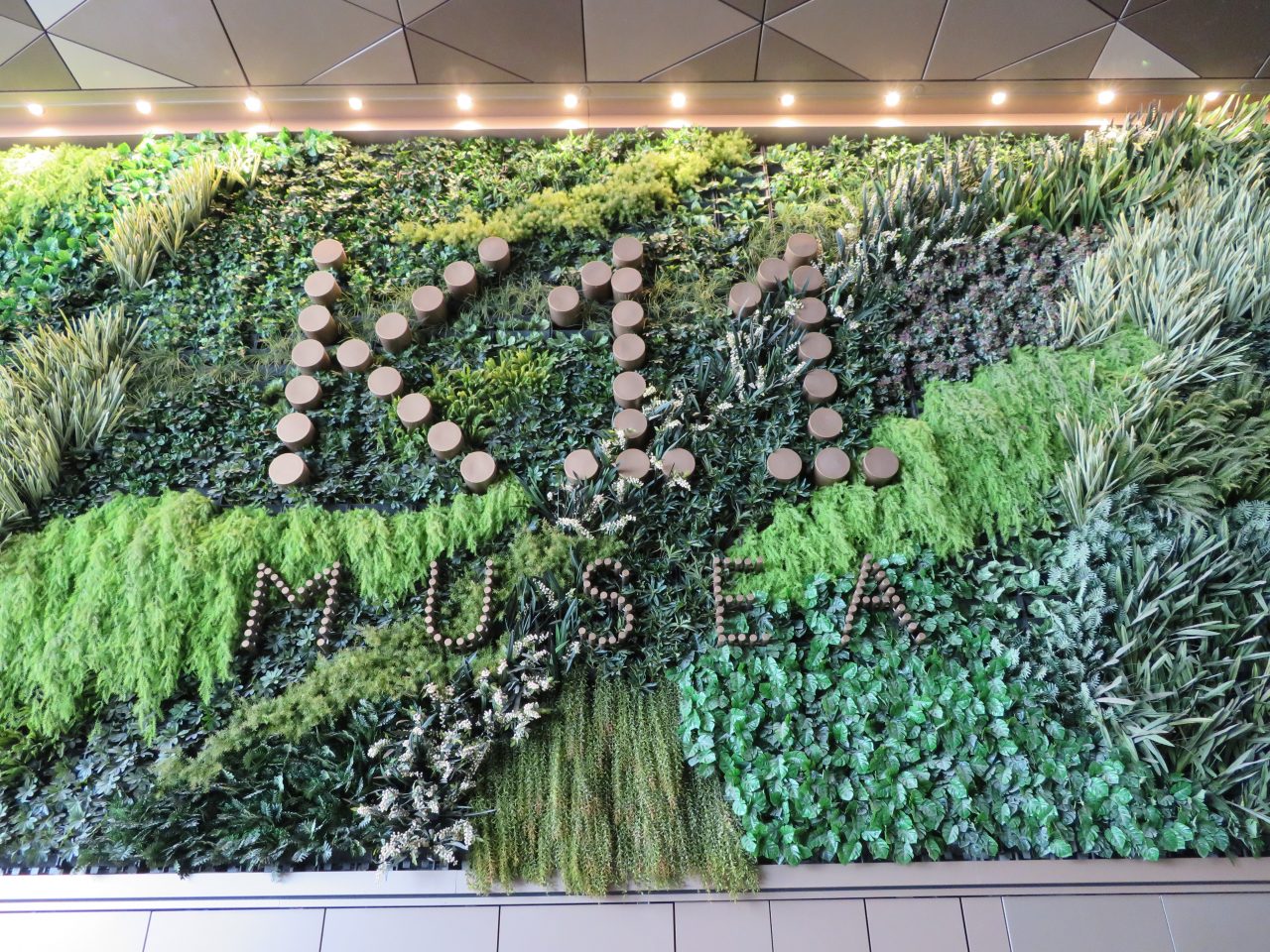


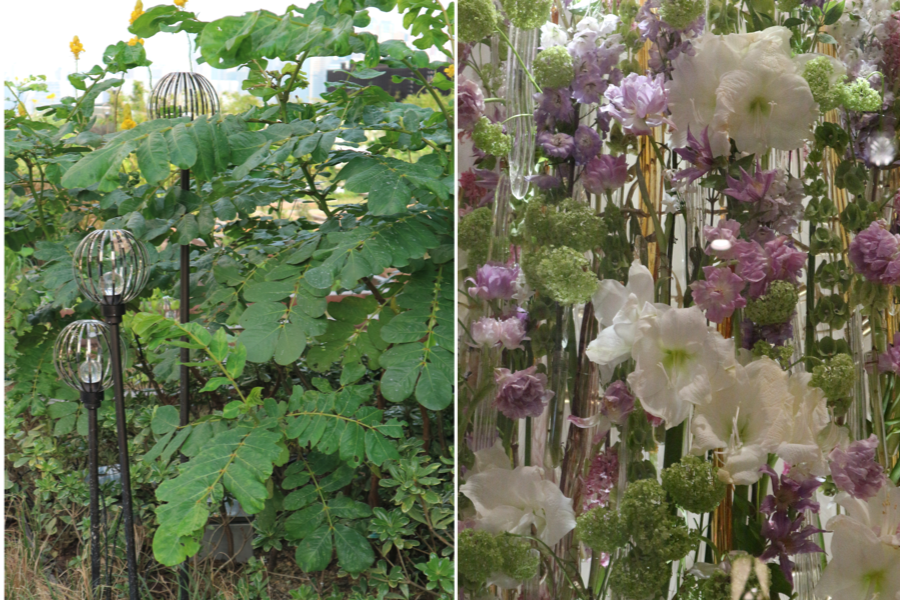

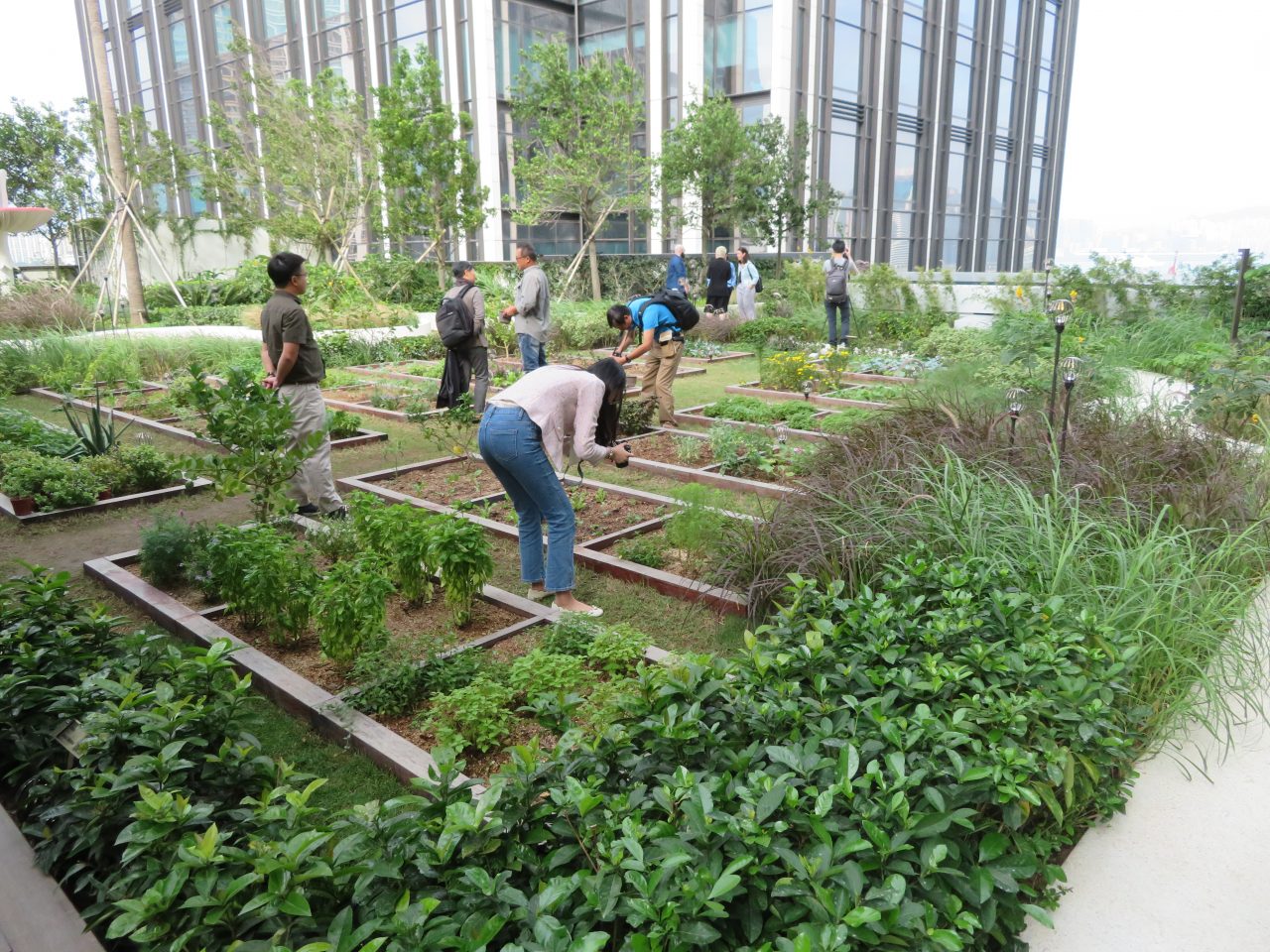
K11 Musea's living sign
Mall's extravagant exterior
Farm's fish tank
Farm greenery, and sustainable cut flowers?
The farm's cafe
The rooftop farm
Updated January 2020
RELATED
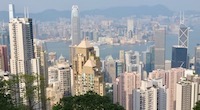 HONG KONG STAYCATION: Hong Kong’s tourism industry has been battered by months of protests. We took a week-long staycation to see what’s happening on the ground. READ MORE
HONG KONG STAYCATION: Hong Kong’s tourism industry has been battered by months of protests. We took a week-long staycation to see what’s happening on the ground. READ MORE
MORE INFO
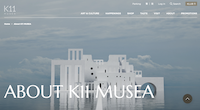 K11 MUSEA site: “K11 MUSEA is the new cultural-retail destination on Victoria Dockside, Hong Kong. Inspired by ‘A Muse by the Sea’, K11 MUSEA is designed to enrich…” READ MORE
K11 MUSEA site: “K11 MUSEA is the new cultural-retail destination on Victoria Dockside, Hong Kong. Inspired by ‘A Muse by the Sea’, K11 MUSEA is designed to enrich…” READ MORE
RECOMMENDED
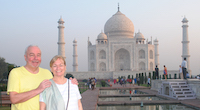 WELCOME TO OUR WORLD! Afaranwide’s home page – this is where you can find out about our latest posts and other highlights. READ MORE
WELCOME TO OUR WORLD! Afaranwide’s home page – this is where you can find out about our latest posts and other highlights. READ MORE
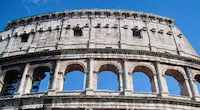 TOP 10 ATTRACTIONS: Many of the world’s most popular tourists sites are closed because of the coronavirus crisis, but you can still visit them virtually while you’re self-isolating. READ MORE
TOP 10 ATTRACTIONS: Many of the world’s most popular tourists sites are closed because of the coronavirus crisis, but you can still visit them virtually while you’re self-isolating. READ MORE
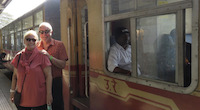 SHIMLA, QUEEN OF THE HILLS: Government officials once retreated to Shimla in the foothills of the Himalayas to escape India’s blazing hot summers. Now tourists make the same journey. READ MORE
SHIMLA, QUEEN OF THE HILLS: Government officials once retreated to Shimla in the foothills of the Himalayas to escape India’s blazing hot summers. Now tourists make the same journey. READ MORE
 TEN THINGS WE LEARNED: Our up-to-the-minute guide to creating a website, one step at a time. The costs, the mistakes – it’s what we wish we’d known when we started blogging. READ MORE
TEN THINGS WE LEARNED: Our up-to-the-minute guide to creating a website, one step at a time. The costs, the mistakes – it’s what we wish we’d known when we started blogging. READ MORE
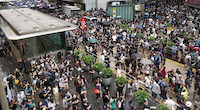 TROUBLED TIMES FOR EXPATS: Moving abroad can seem an idyllic prospect, but what happens when sudden upheavals or the inescapable realities of life intrude? READ MORE
TROUBLED TIMES FOR EXPATS: Moving abroad can seem an idyllic prospect, but what happens when sudden upheavals or the inescapable realities of life intrude? READ MORE
LET'S KEEP IN TOUCH!
Five Top Tips
for Tourists

SUE BRATTLE
And We Visit a New 'Sustainable' Shopping Mall
AS TRAVEL bloggers, we have to confront sustainability head-on. How do you travel “green”? For one thing, humans are not travelling less, but more, and if we don’t learn to be more eco-friendly, none of us will be travelling at all as the planet struggles to withstand this onslaught.
This is great in theory, but are we going to stop jetting off when the fancy takes us? Are companies going to fully embrace video-conferencing and ditch sending staff all over the world in business class as part of their image?
We’ve known for years the impact that having three cars in your driveway, and flying on holiday four times a year, has on the environment but most people can’t let go of their status symbols. So what can we do while us humans get our priorities sorted out?
I went to a lunch in Hong Kong where three travel experts spoke on Responsible Tourism: How To Be More Green When You Travel. None of them came up with a magic solution, of course, but I’ve whittled down their talk to five tips that we can all adopt (if we haven’t already):
- Travel less on planes, and fly direct. Beware of itineraries that include multiple local flights during your holiday. Trains, buses or cars are a better choice than short flights, as take-off and landing uses a disproportionate amount of fuel.
- Travel economy class. You’re using less fuel than business and first class passengers.
- Eat locally-grown food and cut down on meat on your travels. You may love your resort’s all-you-can-eat buffet, but consider how much of the food has been flown in. Choose hotels that source their food from local communities.
- Cut out “ego travel” – posh excursions to previously untouched territories – and cruises. Cruise ships release three times more carbon emissions than planes and dump untreated sewage and plastics into the oceans.
- Offset your carbon footprint. Choose tour operators that can give you proper data about your chosen trip. Skyscanner, the online flight comparison website, now includes comparable carbon emissions in its answers.
They’re all good suggestions but all require some homework. Lots of airlines and tour operators are jumping on the green bandwagon. Sonalie Figueiras, founder of Green Queen in Hong Kong whose mission is to shift our behaviour patterns, offered this advice for sorting out the ones who know what they’re doing from the rest: “Look at their website or brochure and really study the pictures and itineraries. Too many flights in one trip? A beach resort where people are drinking from single-use plastic cups? An elephant ride on offer? Look for the clues.”
Verdict: The conundrum of the value of travel and what it teaches you and its cost to the environment is a very long way from being resolved.
How Green Can a Shopping Mall Be?

K11 Musea, Kowloon, Hong Kong
LAST week we went along to an opening PR push for the K11 Musea, an upmarket extravaganza of shops and restaurants in Kowloon that gives itself green credentials for its rooftop urban farm, and the “living walls” that line much of its exterior.
The building, to its huge credit, has Gold LEED green building certification, and in a densely-developed area like Kowloon any attempt at greening is to be welcomed. But I came away confused.
The rooftop houses the Nature Discovery Park, with a garden that is not going to supply herbs or veg for any of the malls’ restaurants. Why not? But it will host parties of schoolchildren so they can get their hands mucky and learn about gardening. This is a good thing in Hong Kong where most of us have a balcony at most.

We met with Venisa Chu, the park’s senior operations manager, who said: “We partner with K11 Artus next door, luxury residencies usually long-term, but for short-term we offer a staycation package so families can enjoy the Nature Discovery Park.” On the roof also was Hong Kong’s largest outdoor fish tank, apparently to teach children what the nearby harbour could look like if it was clean. I may be wrong, but it was filled with the little neon-coloured fish that you see in fish tanks everywhere; are they really native to the harbour? A nearby circular tank filled with dozens of baby jellyfish made me feel queasy.
The aeroponics display – in which plants grow without soil – was genuinely interesting, as was the rainforest cabinet on the ground floor of the mall. However, the enormous cut flower displays dotted around the ground floor were troubling. I was told the flowers would be dried and moved to the second floor for display, but the building will have a dry flower mountain in no time, so I didn’t understand what was happening there at all.
And, stating the obvious, the shops are the usual high-end fashion labels that Hong Kong loves – and we all know the fashion industry struggles with sustainability.
I wish the K11 Musea well, of course. Its aim is to establish a “Silicon Valley of Culture” around the themes of sea, earth, sky and art. But I couldn’t help thinking it was just another overly-posh shopping mall with green, well, window dressing.
Top tip: Take headphones if you don’t like modern jazz. It’s playing at full volume in the mall and surrounding walkways making the guided tour impossible to follow.
Top photo: K11 Musea’s rooftop garden.





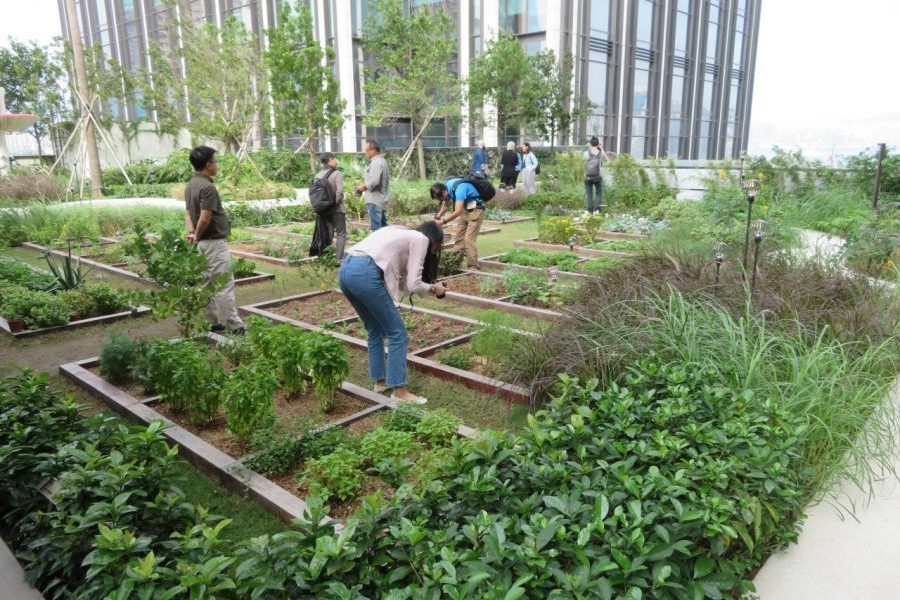
Updated January 2020
MORE INFO
 K11 MUSEA site: “K11 MUSEA is the new cultural-retail destination on Victoria Dockside, Hong Kong. Inspired by ‘A Muse by the Sea’, K11 MUSEA is designed to enrich…” READ MORE
K11 MUSEA site: “K11 MUSEA is the new cultural-retail destination on Victoria Dockside, Hong Kong. Inspired by ‘A Muse by the Sea’, K11 MUSEA is designed to enrich…” READ MORE
RELATED
 HONG KONG STAYCATION: Hong Kong’s tourism industry has been battered by months of protests. We took a week-long staycation to see what’s happening on the ground. READ MORE
HONG KONG STAYCATION: Hong Kong’s tourism industry has been battered by months of protests. We took a week-long staycation to see what’s happening on the ground. READ MORE
RECOMMENDED
 WELCOME TO OUR WORLD! Afaranwide’s home page – this is where you can find out about our latest posts and other highlights. READ MORE
WELCOME TO OUR WORLD! Afaranwide’s home page – this is where you can find out about our latest posts and other highlights. READ MORE
 TOP 10 ATTRACTIONS: Many of the world’s most popular tourists sites are closed because of the coronavirus crisis, but you can still visit them virtually while you’re self-isolating. READ MORE
TOP 10 ATTRACTIONS: Many of the world’s most popular tourists sites are closed because of the coronavirus crisis, but you can still visit them virtually while you’re self-isolating. READ MORE
 SHIMLA, QUEEN OF THE HILLS: Government officials once retreated to Shimla in the foothills of the Himalayas to escape India’s blazing hot summers. Now tourists make the same journey. READ MORE
SHIMLA, QUEEN OF THE HILLS: Government officials once retreated to Shimla in the foothills of the Himalayas to escape India’s blazing hot summers. Now tourists make the same journey. READ MORE
 TEN THINGS WE LEARNED: Our up-to-the-minute guide to creating a website, one step at a time. The costs, the mistakes – it’s what we wish we’d known when we started blogging. READ MORE
TEN THINGS WE LEARNED: Our up-to-the-minute guide to creating a website, one step at a time. The costs, the mistakes – it’s what we wish we’d known when we started blogging. READ MORE
 TROUBLED TIMES FOR EXPATS: Moving abroad can seem an idyllic prospect, but what happens when sudden upheavals or the inescapable realities of life intrude? READ MORE
TROUBLED TIMES FOR EXPATS: Moving abroad can seem an idyllic prospect, but what happens when sudden upheavals or the inescapable realities of life intrude? READ MORE
LET'S KEEP IN TOUCH!

Green Travel: Five Top Tips for Tourists
And We Visit a New 'Sustainable' Shopping Mall

SUE BRATTLE
AS TRAVEL bloggers, we have to confront sustainability head-on. How do you travel “green”? For one thing, humans are not travelling less, but more, and if we don’t learn to be more eco-friendly, none of us will be travelling at all as the planet struggles to withstand this onslaught.
This is great in theory, but are we going to stop jetting off when the fancy takes us? Are companies going to fully embrace video-conferencing and ditch sending staff all over the world in business class as part of their image?
We’ve known for years the impact that having three cars in your driveway, and flying on holiday four times a year, has on the environment but most people can’t let go of their status symbols. So what can we do while us humans get our priorities sorted out?
I went to a lunch in Hong Kong where three travel experts spoke on Responsible Tourism: How To Be More Green When You Travel. None of them came up with a magic solution, of course, but I’ve whittled down their talk to five tips that we can all adopt (if we haven’t already):
- Travel less on planes, and fly direct. Beware of itineraries that include multiple local flights during your holiday. Trains, buses or cars are a better choice than short flights, as take-off and landing uses a disproportionate amount of fuel.
- Travel economy class. You’re using less fuel than business and first class passengers.
- Eat locally-grown food and cut down on meat on your travels. You may love your resort’s all-you-can-eat buffet, but consider how much of the food has been flown in. Choose hotels that source their food from local communities.
- Cut out “ego travel” – posh excursions to previously untouched territories – and cruises. Cruise ships release three times more carbon emissions than planes and dump untreated sewage and plastics into the oceans.
- Offset your carbon footprint. Choose tour operators that can give you proper data about your chosen trip. Skyscanner, the online flight comparison website, now includes comparable carbon emissions in its answers.
They’re all good suggestions but all require some homework. Lots of airlines and tour operators are jumping on the green bandwagon. Sonalie Figueiras, founder of Green Queen in Hong Kong whose mission is to shift our behaviour patterns, offered this advice for sorting out the ones who know what they’re doing from the rest: “Look at their website or brochure and really study the pictures and itineraries. Too many flights in one trip? A beach resort where people are drinking from single-use plastic cups? An elephant ride on offer? Look for the clues.”
Verdict: The conundrum of the value of travel and what it teaches you and its cost to the environment is a very long way from being resolved.
How Green Can a Shopping Mall Be?

K11 Musea, Kowloon, Hong Kong
LAST week we went along to an opening PR push for the K11 Musea, an upmarket extravaganza of shops and restaurants in Kowloon that gives itself green credentials for its rooftop urban farm, and the “living walls” that line much of its exterior.
The building, to its huge credit, has Gold LEED green building certification, and in a densely-developed area like Kowloon any attempt at greening is to be welcomed. But I came away confused.
The rooftop houses the Nature Discovery Park, with a garden that is not going to supply herbs or veg for any of the malls’ restaurants. Why not? But it will host parties of schoolchildren so they can get their hands mucky and learn about gardening. This is a good thing in Hong Kong where most of us have a balcony at most.

We met with Venisa Chu, the park’s senior operations manager, who said: “We partner with K11 Artus next door, luxury residencies usually long-term, but for short-term we offer a staycation package so families can enjoy the Nature Discovery Park.”
On the roof also was Hong Kong’s largest outdoor fish tank, apparently to teach children what the nearby harbour could look like if it was clean. I may be wrong, but it was filled with the little neon-coloured fish that you see in fish tanks everywhere; are they really native to the harbour? A nearby circular tank filled with dozens of baby jellyfish made me feel queasy.
The aeroponics display – in which plants grow without soil – was genuinely interesting, as was the rainforest cabinet on the ground floor of the mall. However, the enormous cut flower displays dotted around the ground floor were troubling. I was told the flowers would be dried and moved to the second floor for display, but the building will have a dry flower mountain in no time, so I didn’t understand what was happening there at all.
And, stating the obvious, the shops are the usual high-end fashion labels that Hong Kong loves – and we all know the fashion industry struggles with sustainability.
I wish the K11 Musea well, of course. Its aim is to establish a “Silicon Valley of Culture” around the themes of sea, earth, sky and art. But I couldn’t help thinking it was just another overly-posh shopping mall with green, well, window dressing.
Top tip: Take headphones if you don’t like modern jazz. It’s playing at full volume in the mall and surrounding walkways making the guided tour impossible to follow.
Top photo: K11 Musea’s rooftop garden.
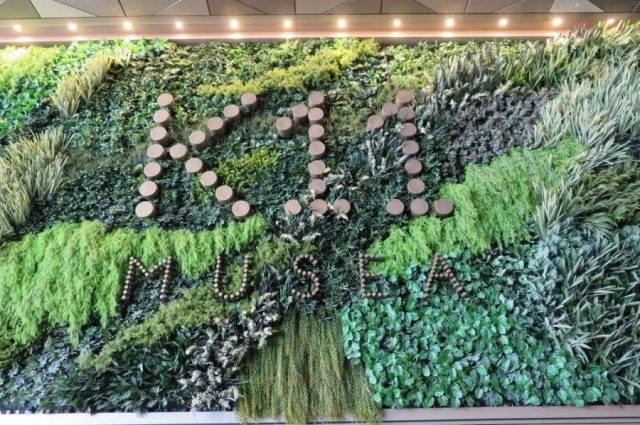

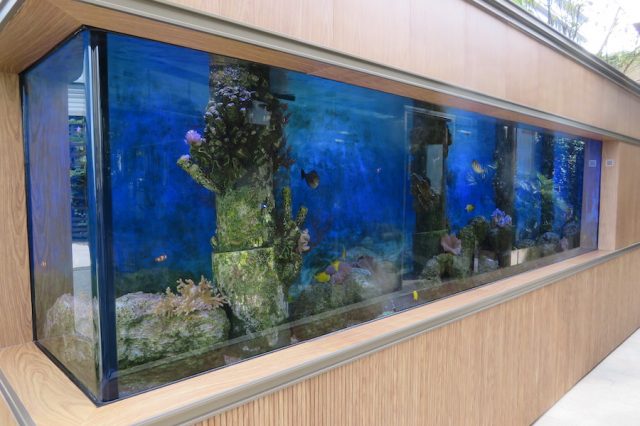
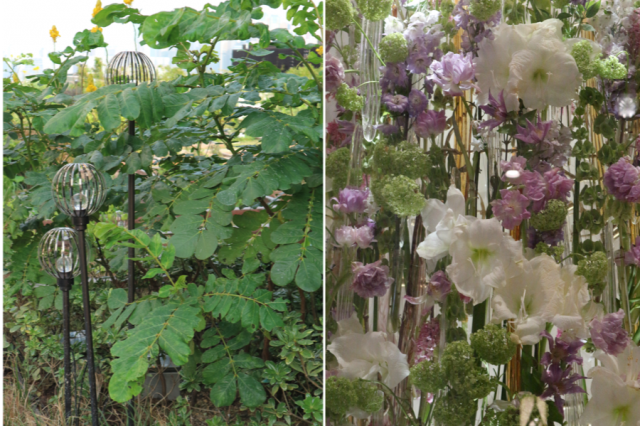
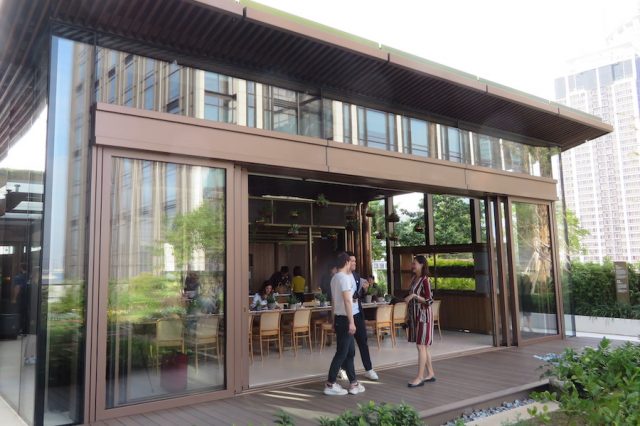

Updated January 2020
MORE INFO
 K11 MUSEA site: “K11 MUSEA is the new cultural-retail destination on Victoria Dockside, Hong Kong. Inspired by ‘A Muse by the Sea’, K11 MUSEA is designed to enrich…” READ MORE
K11 MUSEA site: “K11 MUSEA is the new cultural-retail destination on Victoria Dockside, Hong Kong. Inspired by ‘A Muse by the Sea’, K11 MUSEA is designed to enrich…” READ MORE
RELATED
 HONG KONG STAYCATION: Hong Kong’s tourism industry has been battered by months of protests. We took a week-long staycation to see what’s happening on the ground. READ MORE
HONG KONG STAYCATION: Hong Kong’s tourism industry has been battered by months of protests. We took a week-long staycation to see what’s happening on the ground. READ MORE
RECOMMENDED
 WELCOME TO OUR WORLD! Afaranwide’s home page – this is where you can find out about our latest posts and other highlights. READ MORE
WELCOME TO OUR WORLD! Afaranwide’s home page – this is where you can find out about our latest posts and other highlights. READ MORE
 TOP 10 ATTRACTIONS: Many of the world’s most popular tourists sites are closed because of the coronavirus crisis, but you can still visit them virtually while you’re self-isolating. READ MORE
TOP 10 ATTRACTIONS: Many of the world’s most popular tourists sites are closed because of the coronavirus crisis, but you can still visit them virtually while you’re self-isolating. READ MORE
 SHIMLA, QUEEN OF THE HILLS: Government officials once retreated to Shimla in the foothills of the Himalayas to escape India’s blazing hot summers. Now tourists make the same journey. READ MORE
SHIMLA, QUEEN OF THE HILLS: Government officials once retreated to Shimla in the foothills of the Himalayas to escape India’s blazing hot summers. Now tourists make the same journey. READ MORE
 TEN THINGS WE LEARNED: Our up-to-the-minute guide to creating a website, one step at a time. The costs, the mistakes – it’s what we wish we’d known when we started blogging. READ MORE
TEN THINGS WE LEARNED: Our up-to-the-minute guide to creating a website, one step at a time. The costs, the mistakes – it’s what we wish we’d known when we started blogging. READ MORE
 TROUBLED TIMES FOR EXPATS: Moving abroad can seem an idyllic prospect, but what happens when sudden upheavals or the inescapable realities of life intrude? READ MORE
TROUBLED TIMES FOR EXPATS: Moving abroad can seem an idyllic prospect, but what happens when sudden upheavals or the inescapable realities of life intrude? READ MORE
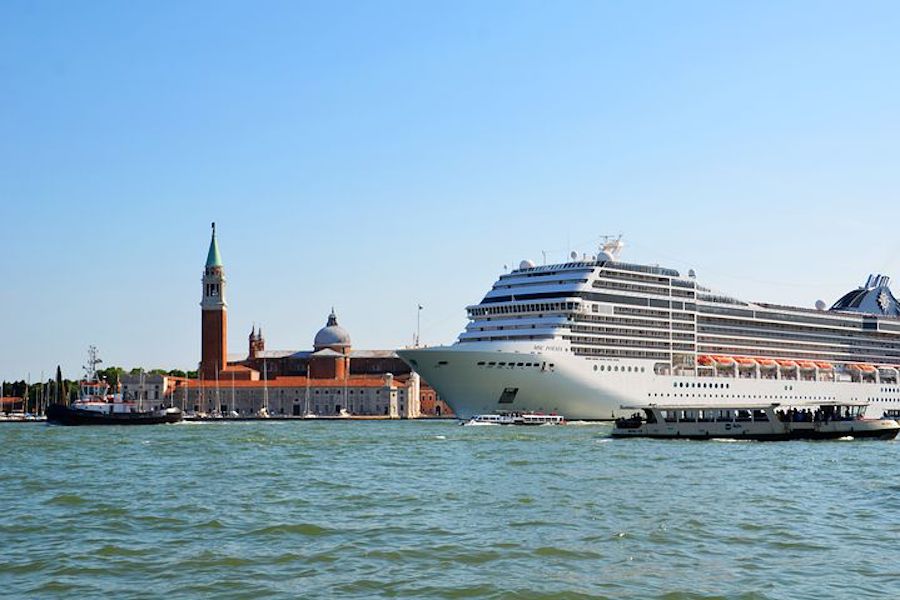

What a nice place, wonderful idea to make roof top garden which grows herbs and essential vegetables too for the restaurants.
First time I see such a commercial place having a rooftop garden at the bulding.
Yes RailRecipe. In Hong Kong, which has lots of country parks, not many of us have gardens as we live in tower blocks so we garden our balconies and rooftops.